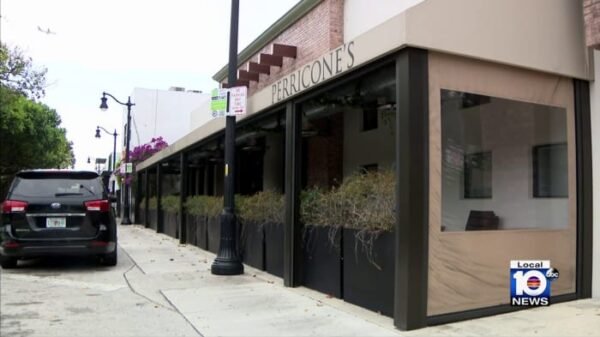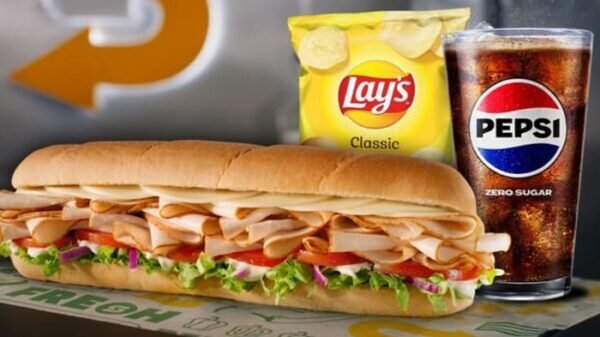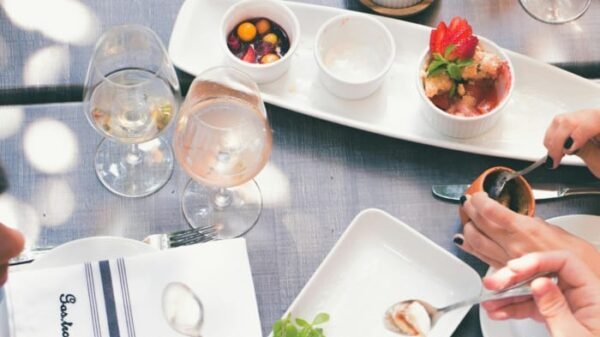Why Placing Food Scraps In Your Napkin Is An Etiquette Faux Pas
Etiquette plays a significant role in our daily interactions, guiding our behavior to ensure respect and consideration for others. From table manners to social decorum, following proper etiquette is crucial for maintaining a harmonious atmosphere. However, certain practices that may seem innocent or harmless can actually convey a lack of manners and be seen as a faux pas. One such common mistake is placing food scraps in your napkin. In this article, we will explore why this action is considered a breach of etiquette and provide alternative solutions for disposing of food scraps appropriately.
The Purpose of a Napkin
Before discussing why using your napkin as a dumping ground for food scraps is considered impolite, it is essential to understand the true purpose of a napkin at the dining table. A napkin is primarily intended to wipe your mouth and hands during the meal to maintain cleanliness and hygiene. It is not a receptacle for unwanted food items.
Respecting the Table Setting
Placing food scraps in your napkin disregards the careful arrangement of a table setting. The table is set in a particular way to ensure convenience and aesthetics during the dining experience. When you place food scraps in your napkin, you disrupt the neatness of the table and may create an unappealing sight for others. Additionally, it may result in soiling the tablecloth or making a mess that the waitstaff will need to clean up.
Consideration for Others
Etiquette is all about showing consideration and respect for those around you. By using your napkin as a trash can for food scraps, you demonstrate a lack of regard for the fellow diners who might be seated nearby. The entire purpose of using utensils is to ensure a sanitary and pleasant dining experience for everyone. When you dispose of food scraps in your napkin, you release unwanted odors into the air, potentially ruining the meal for others.
Alternate Solutions
While placing food scraps in your napkin is undoubtedly impolite, there are alternative solutions to deal with unwanted remnants at the table. Here are a few recommendations:
Use a Side Plate
A simple and effective solution is to use the side plate or bread plate provided alongside your main dish. This small plate is ideal for placing food scraps, such as bones or seeds, so they remain separate from the rest of your meal. It ensures a clean and tidy table setting while allowing you to dispose of unwanted food in a more appropriate manner.
Ask for a Dish
If a side plate is not available, politely request an extra dish from the waitstaff. Most restaurants are more than willing to accommodate such requests. Having a designated dish for discarded food items allows you to keep your napkin clean and intact, preserving its original purpose.
Take Advantage of the Waste Bin
If you find yourself unable to access a side plate or an extra dish, the most suitable option is to ask for assistance in locating the nearest waste bin. Whether it is a discreet container placed under the table or a designated trash bin nearby, disposing of your food scraps appropriately demonstrates good manners and respect for the dining establishment and those around you.
Conclusion
Proper etiquette is not merely a set of rigid rules but a way to show respect and consideration to others. Placing food scraps in your napkin disrupts the table setting, violates the purpose of the napkin, and extends an unpleasant dining experience for others. By using alternative solutions like utilizing a side plate, asking for an extra dish, or making use of nearby waste bins, you can ensure a courteous and enjoyable meal for everyone involved. Remember, proper etiquette is a reflection of your character and brings harmony to any social gathering.
*Source www.foodrepublic.com




































